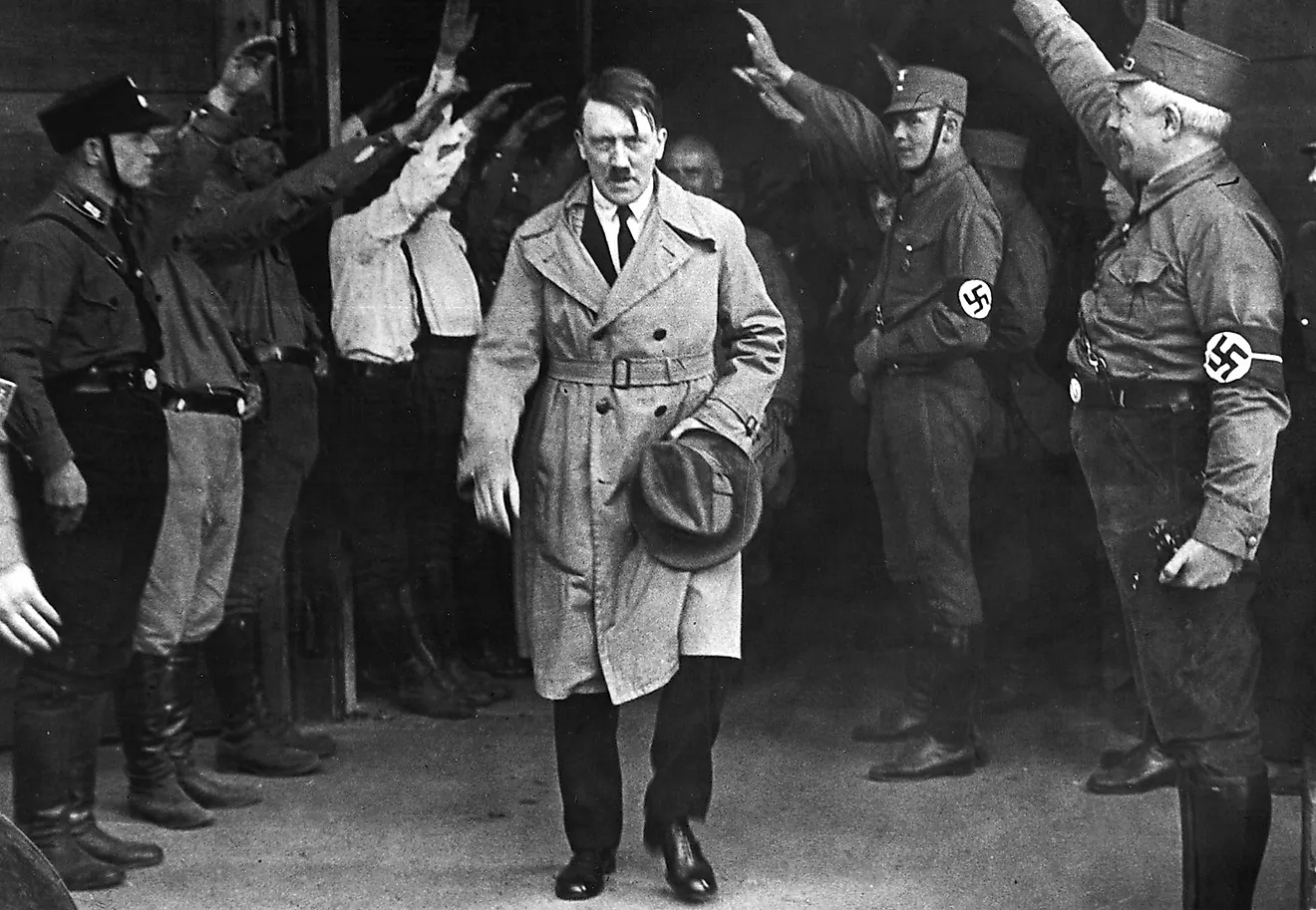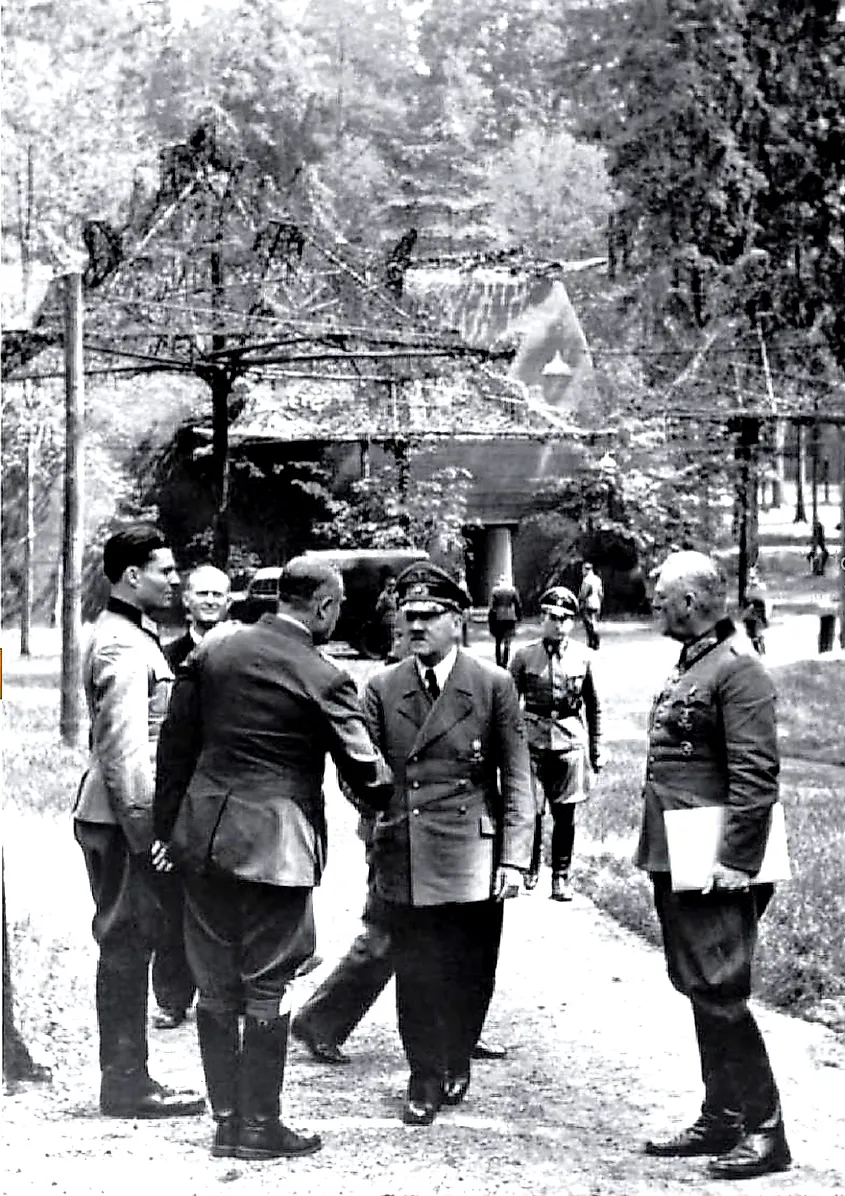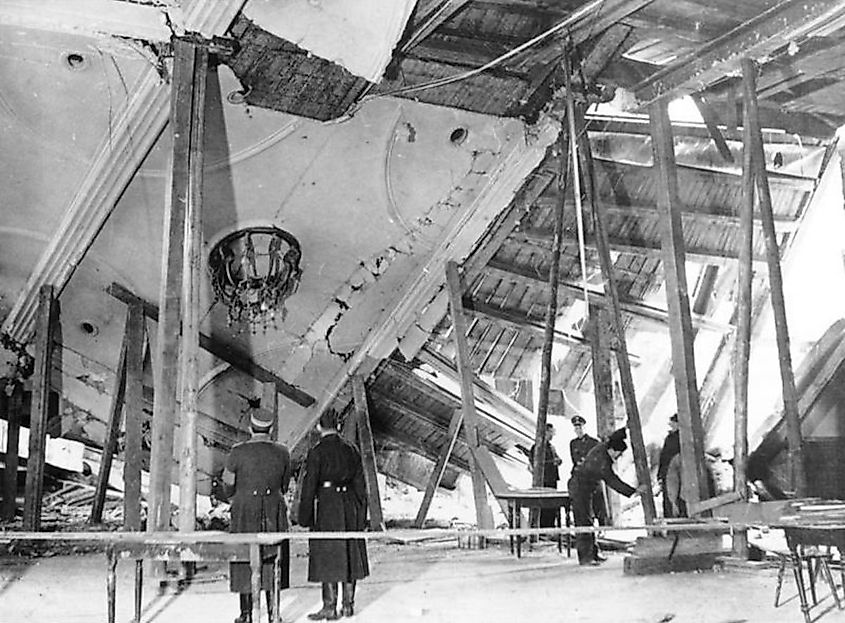The Biggest Plots To Assassinate Hitler

- Born in 1889 in Austria, Adolf Hitler was one of the most notorious figures in world history.
- Once Stauffenberg left the room, the bomb detonated, killing four men.
- The bomb exploded just eight minute afterwards, killing eight people and injuring dozens more.
Born in 1889 in Austria, Adolf Hitler was one of the most notorious figures in world history. He joined the German Workers’ Party in Munich after World War I. The group’s name was later changed to National-sozialistische Deutsche Arbeiterpartei, or Nazi. He became chancellor of Germany in 1933 and leader of the Nazi Party.
His policies were the foundation of World War II, and gave rise to the Holocaust, a mass genocide. Approximately 11 million people were killed, including six million Jews and five million others. During his reign, there were several attempts at assassination, though none succeeded.
Claus von Stauffenberg’s Coup D'Etat

In 1944, a group of German officers made plans to finish off Hitler at his Prussian command center. The leaders were frustrated military officers Claus von Stauffenberg, Henning von Tresckow, Ludwig Beck, and Friedrich Olbricht. They were going to use a hidden bomb, followed by an attack by the German Reserve Army. It took place on July 20 of that year, when Stauffenberg was scheduled for a conference at the center, which was called Wolf’s Lair.
The bomb was hidden in a briefcase, which Stauffenberg set down next to Hitler. Once Stauffenberg left the room, the bomb detonated, killing four men. Hitler was able to escape, with minor injuries. Claus and the other three men were eventually executed.
Henning von Tresckow’s Plot
In March of 1943, Henning von Tresckow and partner Fabian von Schlabrendorff hatched a similar plan, with plastic explosives. Hitler was due to visit Tresckow’s post in Smolensk on the 13th. The would-be assassin asked one of Hitler’s staff members to take a hold onto a parcel with two bottles of liquor. What was really in there? Explosives, connected to a 30-minute fuse. The plan failed, though, when the two mean learned that the bomb did not go off; it turned out to be a defective fuse.
The Tale of Maurice Bavaud
Years earlier, Swiss theology student Maurice Bavaud started his own campaign against the Führer. Bavaud felt that Hitler was an “incarnation of Satan,” and a threat to the Catholic Church. The young man made it his mission to kill Hitler, and started stalking him in Germany. On November 9, 1938, Bavaud made his move. Hitler and his contingents were marching in Munich in celebration of Beer Hall Putsch, a failed attempt to instigate a rebellion against the Weimar Republic. Bavaud sat in the grandstand, awaiting his victim. As Hitler approached though, the crowd raised up their arms to salute, blocking his shot. Bavaud was later arrested after Gestapo members found his gun. He confessed, and was executed.
Georg Elser

One day before Bavaud’s attempt, German carpenter Georg Elser had another plan in the works. A communist who strongly opposed Nazism, Elser concocted a plan to bomb Hitler during a speech at Munich’s Bürgerbräukeller brewery. The bomb was carefully constructed over several months, with a 144-hour time. He then slowly dug out a cavity in the brewery, working slowly over a period of time, and then installed the bomb.
This assassination attempt also failed, since Elser’s timing was off. Hitler’s speech time was changed after the bomb was installed, and his remarks ended at 9:07 p.m. The bomb exploded just eight minute afterwards, killing eight people and injuring dozens more. Hitler survived, and Elser was later caught.











